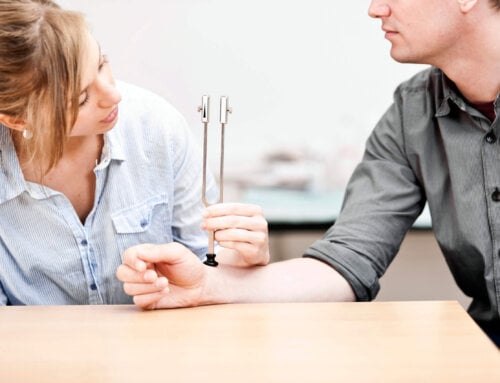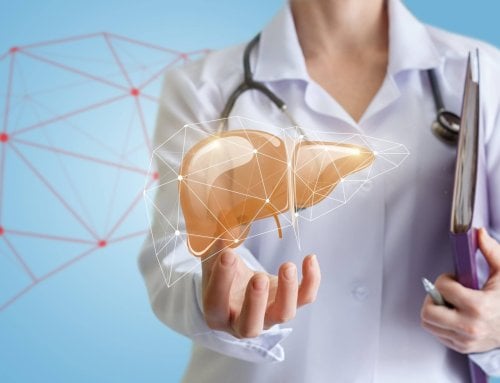According to the Center for Disease Control and Prevention a third of Americans are considered obese even thru the best efforts of chronic dieting. Weight loss surgery is becoming more popular for those without another answer though they have often tried other measures.
This week in our diabetes education practice, the CDE dietitian met with 3 new patients getting ready for bariatric surgery. There are specific guidelines prior to the surgery set by insurance companies as well as the bariatric centers and surgeons. Although the surgery causes initial weight loss sufficient evidence must be collected to show that the patient is mentally and physically ready to undergo this procedure. Psychological as well as nutritional counseling must be done to assess the readiness and acceptance of the patient. Usually a cardiologist is consulted to make sure the physical body and heart are strong enough. After these surgeries it is possible to regain the weight if a different mind set is not accomplished prior to and after the surgery. It is not a quick or easy fix and an exercise and eating plan should first be in place. It is critical to address the emotional side of eating as well as the motivation to stick to a long term exercise program. The patient must be prepared for any long term side effects as well. No one is recommending these procedures for quick weight loss but after repeated tries and failures it may be the answer to help with long term benefits to your health. As with any surgical procedure there are risks involved. Problems with anesthesia, pulmonary embolism, blood clots, gastric leaks, malabsorption and infection are possible but most complications are low. Making multiple life style changes with adequate medication may be enough to help you control your diabetes. For those who have little success with regular measures in treatment check with your health care provider to see if any of these options can help you.
Types of Bariatric /Metabolic Surgery- These are listed in easiest to more complex surgeries. The more complicated the procedure the more weight loss and more remission of diabetes is noted. These procedures are decided and done on an individual patient basis.
- Gastric Band – A small pouch is created when a silicone band is placed around the upper portion of the stomach. The band separates the upper and lower portions. There are no new connections. The food enters the upper portion and slowly moves to the lower portion. The band can be adjusted with saline to make it tighter or looser thru a port accessed thru the skin. This is considered the safest by the FDA. It is reversible and rarely causes vitamin deficiencies or malabsorption issues. A negative issue is that it can be easy to cheat with high calories in liquid form after this surgery. A good eating and exercise plan is very important to maximize the benefits. The band often needs to be adjusted over time.
- Sleeve Gastrectomy – This is the newest procedure with little long term research. The surgeon removes part of the stomach (between 25-75%) and makes a small tube –like shaped stomach called a sleeve. The G.I. tract remains the same. People who have gastric/acid reflux should not have this procedure since it may aggravate the condition. There is a low risk of nutritional deficiency since the digestive tract stays the same.
- Gastric bypass – It has been around for 60 years and there is a great deal of research to support this surgery. The stomach is divided by surgery into 2 sections. The top section is walnut size and the lower section is larger. The top portion or pouch holds about an ounce of food. Then the small pouch is connected to the small intestine which reroutes the digestion system. The stomach is now bypassed. The body will feel full on very little food. This surgery is usually done on those with the most morbid obesity or obesity with related health problems like diabetes, sleep apnea or heart disease. It is still the most common and effective type of bariatric surgery and it helps drop the BMI by 40%. There is a possibility of a complication called the dumping syndrome which is caused because the undigested food moves quickly from the stomach to the small bowel. This can be associated with nausea and diarrhea as well as malnourishment and vitamin deficiencies. After these surgeries patients are started on mushy or pureed foods and then are advanced to solid foods.
According to Dr. David Cummings a leading researcher specializing in GI surgery from the University of Washington there are many health benefits to these surgeries. Therefore the name is quickly changing from bariatric to metabolic surgery. The latest study showed that after one year 60% of gastric bypass patients were in diabetes remission. Those using medical management and lifestyle (60 minutes of aerobic exercise plus a personal dietitian) had only a 6% remission of diabetes. Dr. Cummings states that “it is a powerful intervention but still not a treatment algorithm of the American Diabetes Association.” The surgical approach was able to lower the A1C from 7.7% to 6.4% as well as raising the good HDLs and lowered the systolic blood pressure. The surgical group suffers from less hypoglycemia (due to fewer medications) as compared to the medical management group. Studies have shown that type 2 diabetes improves immediately after surgery before any weight loss. It was initially thought that the improvement was from hormones, fat and muscle. Now it is thought that the changes occur directly in the small intestine. Although it was originally thought that the intestine was a passive organ it may be part of the body’s metabolism. After surgery glucose is used more efficiently and the blood sugar levels decrease. The scientists are now trying to mimic this result in the small intestine without any surgery. The studies show that up to 80% of patients can go into diabetes remission after gastric bypass. It is still not considered a cure. Many patients return to type 2 diabetes 5-10 years after surgery with the average being at 8.5 years. The type 2 diabetes patients with high fasting glucose levels, high fasting insulin levels and high degrees of insulin resistance benefit the most. Obviously more studies are being done to see why this happens.
Bariatric or metabolic surgery may not be your answer but it is always helpful to know the options that are available to you. Keep learning!
NOTE: Consult your doctor first to make sure my recommendations fit your special health needs.












Leave A Comment